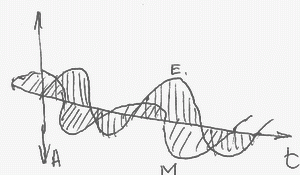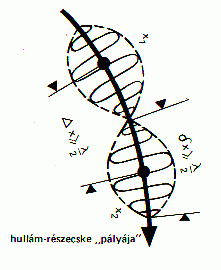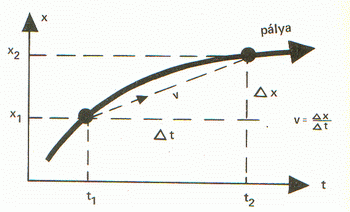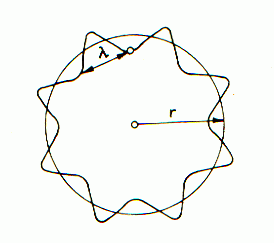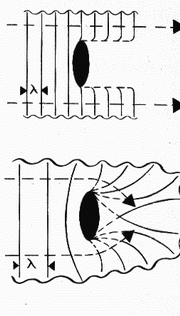 WORD
TIMES 41 WORD
TIMES 41 
If it is a wave, how does it wave? |
|
|
On the previous page there were some strange statements thatlight is not like the best universities nowadaysteach. Then what is it like? Can the many thousands of measurements that the bestexperts conducted be all just mistakes? No. The professionals mostlymeasured accurately and well. The instruments worked well too. Then howdo we dare to question their knowledge?! |
|
|
We were sure we would hit serious opposition as we would no longer be discussing the structure of time - which, by the way, no one on the entire planet has the slightest clue about today -since by so doing we are reaching into such a beehive which is protected by its little bees with the kind of ambition which is almost fit for a religious fanatic. This is a natural human reaction. We are not of any other opinion; we
have our own opinion Light is not an electromagnetic wave, because there is nothing in it which would justify that. It does not exist in flat wave form, even though this is what the polarization phenomenon suggests. In doing so, light shows an interesting phenomenon, it looks as if it was flattened, as if it was as flat as a plane sine wave. Since the sine wave image of the transverse wave fits with the thing well and that's why the best minds accepted it without any criticism. It was a huge mumble. I already saw the same figure of the light in an astronomical book published in 1916 and they keep making drawings of it to this day. I have seen it but I cannot seem to find the figure, so I drew it myself. |
|
|
|
Two waves go right at right angles and are shifted in phase also by 90o, so this is a crosswise sine and cosine. So when the electrical property is at its maximum the magnetic is at the very minimum. This figure is true and untrue at the same time. The misleading part in it is depending on where we look from it could be either way. This figure really shows the growth and decrease of the magnetic field and the electric field but it has nothing to do with light unfortunately. There are no such waves in light. |
|
Well, let's see what kind of electrons make such waves! Since a wave is like this in every decent person's mind, well these electrons have were explained with the same dumb Moritz cartoons such as light. This comes from the misconception that if we suppose that the electron is a particle (because it leaves a fairly small fog trail behind in the fog room, i.e. it has a clearly visible path, that is it is some kind of a little berry, which in other experiments perplexingly seems to be completely characteristically wave-like. Such a representation experiment is shown in this figure. This electron has a wavelength, amplitude and even moves in a normal circular orbit. There are also scientific formulas decorating the figure making it come across as much more scientific. The fly in the ointment is that there is no such electron or electron-wave either in the real world. Because the electron is spherical-like. |
|
|
|
In this figure, it is already a berry, and as a kind of decent berry it goes along its course like a little ball bearing. This berry is also included in the figure above, just to help visual understanding. Because it is both berry and wave at the same time. The thing is both true and false. The electron is a corpuscle. But what does ?corpuscle? mean? You find it in the Latin dictionary at letter C and corpuscle is corpus's diminutive form. That is, a small body. But it also means lifeless body or something like shadow, the soul of the dead. These are all very, very meaningful meanings and the connotation of the soul indicates the "dual nature" of ancient interpretation. It is also a corpse but also a spirit. |
|
To have no doubts about the perception, the book from which the illustrations were borrowed, shows how a circular rotation will become a sine. Yes, this is how I learned the sine function back in the day also. But It has nothing to do with the real electron. |
|
|
|
The fulfillment of Bohr's quantum condition was seen in that if there is
an integer number whole wave around the nucleus. I have seen such figures
and also ones which
were perpendicular to this, but of course both can be laced into the
compartment of "/science
historical foolishness/". It is a plane-brained idea. Electrons do not
circle around
such orbits, either. Likewise, there is no "probabilistic cloud" in that
sense, either as it is believed.
This is because the subatomic concept of "place" and "movement" has never
been determined. |
|
|
All such sources generate a space-time system emanating spherically at
light velocity
and they move in so many directions, and they make the unlucky electron
exist
in so many places in their own-time as many directions they arrive from.
This wave world has radial and tangential components as well. |
|
This is a continuous spectrum. It?s just an ideal light in which there are all the colors from red to violet. If a substance is at high temperature it gives off a lot of light because it wants to get rid of unnecessary excitation. This is the emanation of an absolute black body, or should I have said an absolute white body now? Only because white is only distinguished from black by the brightness signal. In electronics, anyway. You could even say that black is the darkest white. |
|
|
When you observe the light of a street (distant) incandescent lamp
through a glass prism
you will see such a rainbow strip (dot).
Almost with a flawlessly continuous color gradient. If you look for a
mercury or
a sodium vapor lamp, you'll be in for a funny surprise because
you will see the lamps as separate color dots and you will |
|
|
Let's go back to the second figure now! There are colored stripes on it on black background. You can see below it is the reverse of the same, but there the colors are missing exactly here. Why, though, is this really so? |
|
|
|
This is the scientific explanation for this. As a result of external energy transmission, the electrons jump to more exterior shells, and then in ca. 10-8 sec go back to their original location and release the unnecessary energy. Well, yes, but how many turns do they do in the meantime? A few billion certainly. Questions: Why and how and mainly where do they store "in the meantime" the "energy?? How can a wave-pack do this? If they just jump out and in, then why do they generate a spectrum. That will probably fit well with the hop function. Why are these linear spectra - very characteristic of atomic structures ? born? A glowing substance will emit certain colors when a higher frequency light passes through them, then they essentially exactly absorb what otherwise they would normally emanate. Waves do not really swallow anything. Should it follow, however, that they are particles after all? It?s an ambivalent thing. |
|
Now that we have criticized the explanation, we should come up with a better one. Everyone can be wrong, but that's not chique. Let's make a new "mistake?. It may not turn out to be a real "scientific mistake", but it will still do for us. |
|
|
|
|
|
If an electron jumps back, it will not do so in a step function-like way but gradually along the decrease of the energy of the atom. Should it follow, however, that it will generate a spectrum? This light stretches form one color to the other. This is somehow displayed in the spectrum as well because of the lines' having different widths. We think of these lines as solid colors, or as monochromatic, but they're not quite so. But why do these lines appear in the continuous spectral image, anyways? Because the atom rotates its electrons brokenly, unsteadily. |
|
|
The electron is a special expression of the atomic nucleus. It is not an
independent particle,
but its ever-organic part of it. Today they believe that it is independent,
but it is not. The
electron generates the proton and the proton generates the electron.
Essentially
we can only talk about neutrons always, only it's either the excited |
|
|
DIFFRACTION
|
These two figures are from the same optics book as the sine wave one, and
illustrates the problem quite well. If light passes near a material
obstacle
it does not do the logical thing as shown by the upper graph, but the
bottom
illogical ones. Its waves bend toward the object through the object's
effect and
they do not behave in a manner that is normal for a decent light. Surface
roughness
was given to me as an explanation. I think light is the one who is better
at physics. |
|
This is a good thing because this takes us much closer to things being
of double nature and while
respecting our honorable predecessors' blatant mistakes, we want to make
it clear that we have not
made many new discoveries we only interpreted differently those great
discoveries which helped us
understand how the world works. The same thing must be in light or
particles because they interact. |
|
|
The excited hydrogen atom can take such shapes. Of these, in the minds of men, the left upper concept is most prevalent. In reality, the electrons pass through the crowded atomic nucleus with a loose swish. To this I could not find any explanation. These figures are terribly far from the theoretical Moritz cartoon drawings. If we listen, we can deduct some of consequences from it. |
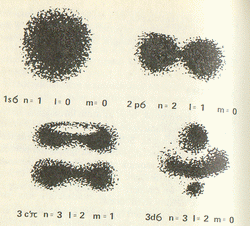 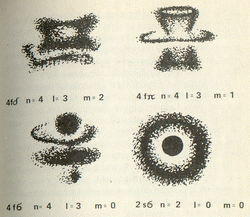 |
|
All this is produced by a single electron. The electron is generated by
approximately 512
time sources. It is a branch tree, fractal, of three time sources, which
multipliesin the end into 512. There is not just reproduction in the process but
there is also a continuous expiration that stems from the fact that many
of the phenomenon
producing tachyons run beyond the maintainer's past-space because
only it is its own past which holds it in the virtual branching and
re-creation
process. Essentially, we can think of the thing like our mirror image
seen in several mirrors, which move with a little time lag
along with us, and although they all seem real, there is just one real
thing
in it all. Which is exactly ourselves. So it is this with the electron as
well. The starting sources
see themselves in more and more places because every branch seems real.
And as it is with the trees, the smallest branch or rootlet
is also the tree itself. One cell gives rise to the other and they
maintain together the whole
system. The electron is such a formation. The three central sources
probably branch out on a single major branch and an ever-increasing time
difference (time contradiction) generates mirrors, which coalesces into a coherent
layer in the end.
There are three such dominant layers out of which the inside one is smooth
and the
the outside one has a fuzzier surface. |
|
|
UNIVERSUM UNIVERSITAS 14 September 2003 ALL RIGHTS RESERVED
This publication was prepared for personal use only. |
|
